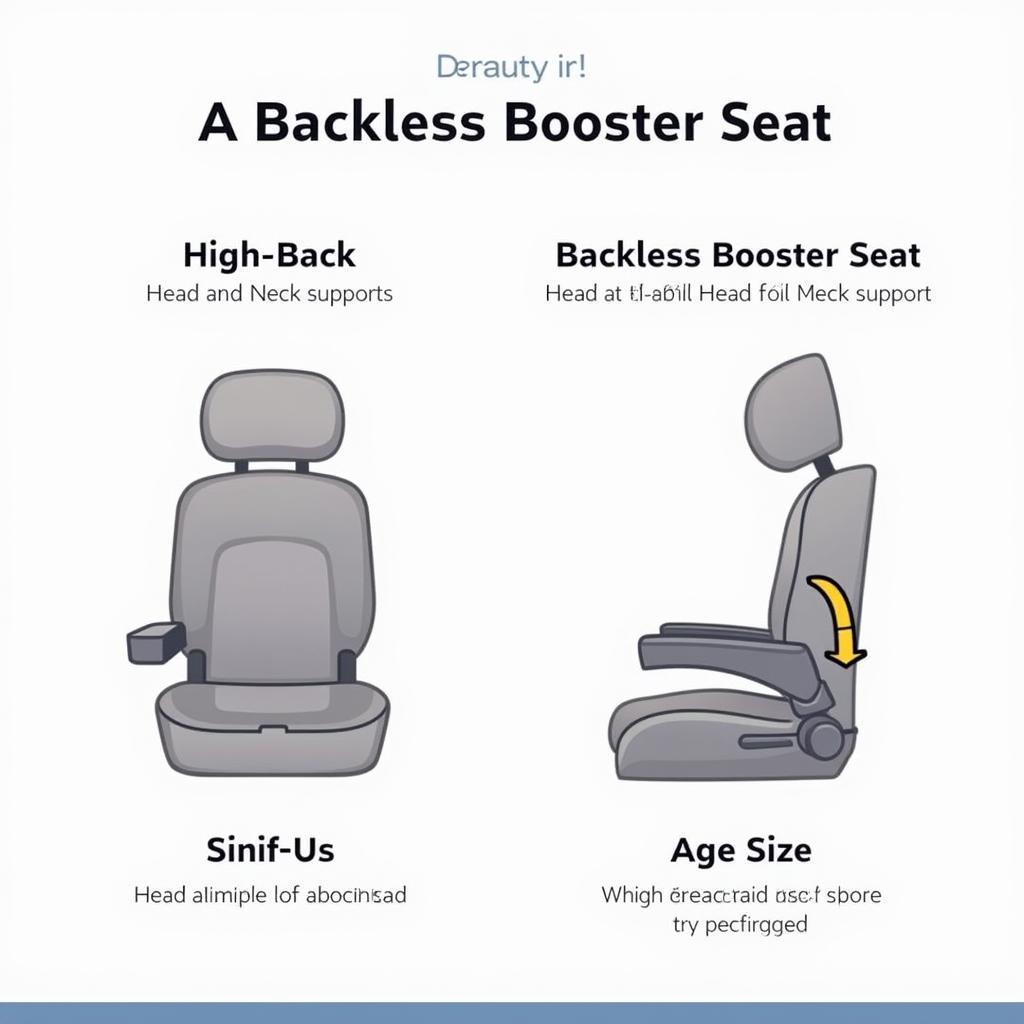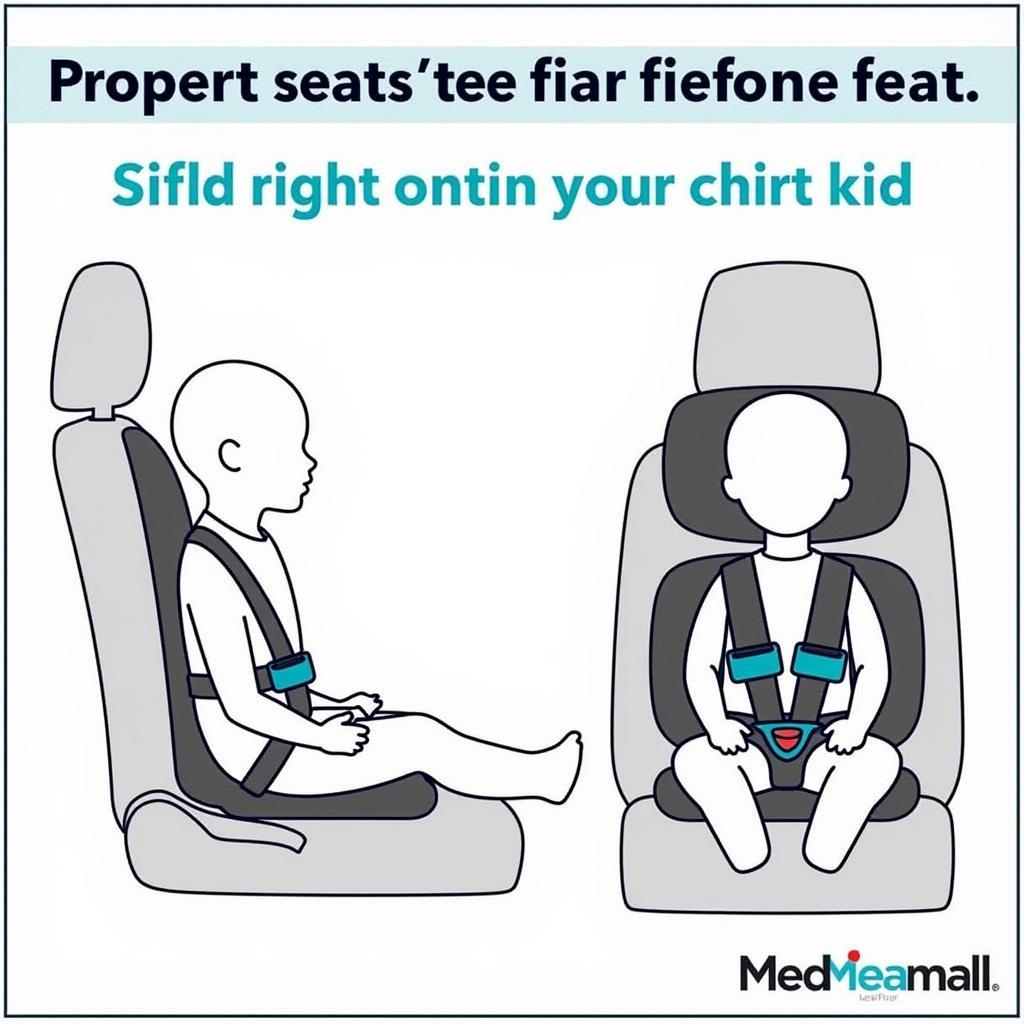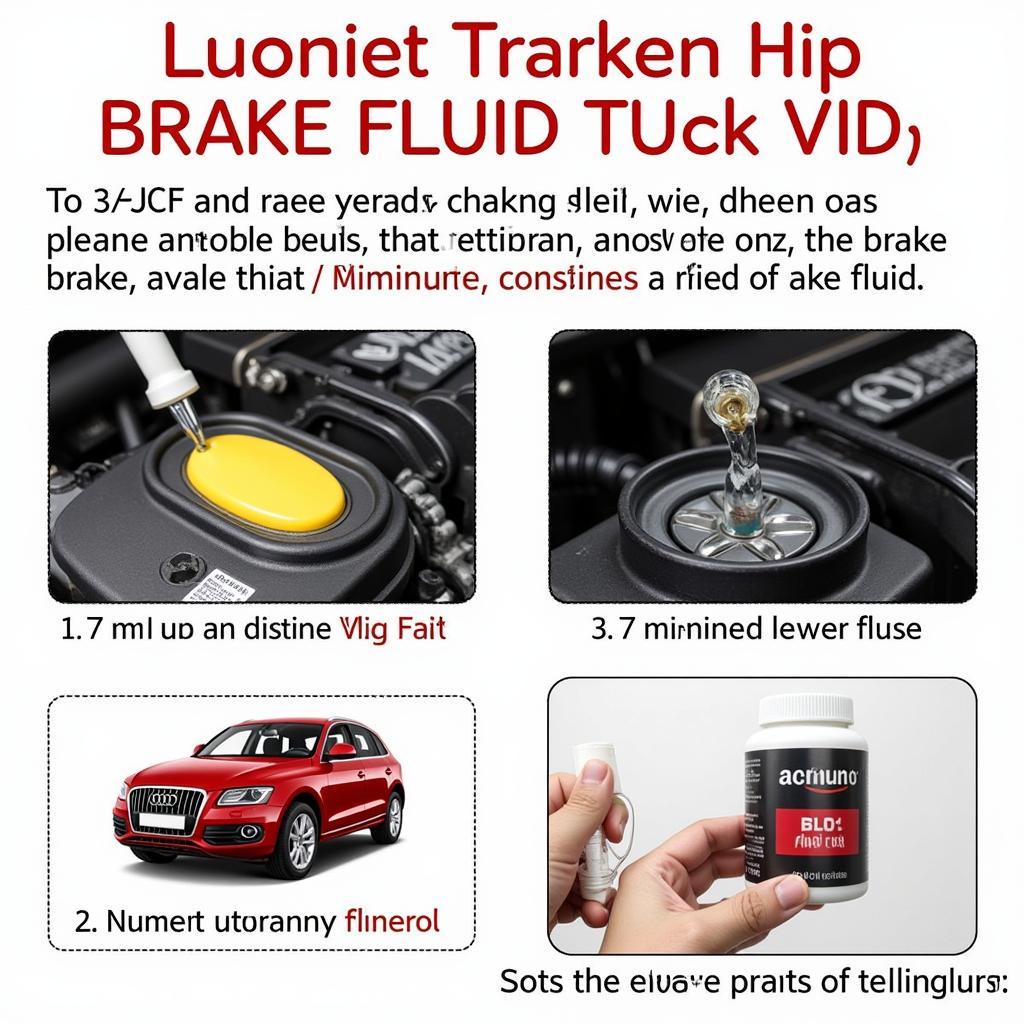Consumer reports booster seats warning highlights crucial safety concerns for parents and caregivers. Choosing the right booster seat is a vital decision that directly impacts a child’s safety in a vehicle. Ignoring these warnings can lead to serious injuries in the event of a crash. This comprehensive guide delves into the key aspects of these warnings, empowering you to make informed choices and prioritize your child’s well-being.
Decoding the Consumer Reports Booster Seat Warnings
Consumer Reports, a trusted source for product reviews and safety information, regularly conducts rigorous testing on booster seats. Their warnings typically focus on several critical areas, including structural integrity, ease of use, and potential safety hazards. Understanding these warnings is the first step toward selecting a safe and effective booster seat.
Understanding Booster Seat Testing and Evaluation
Consumer Reports utilizes a variety of tests to evaluate booster seat performance. These tests simulate real-world crash scenarios, assessing how well the seat protects a child in different types of impacts. They also evaluate the seat’s ability to properly position the vehicle’s seat belt across the child’s body, a critical factor in preventing injuries.
Common Issues Highlighted in Consumer Reports Warnings
Some recurring issues flagged in Consumer Reports warnings include inadequate head and side-impact protection, difficult installation, and confusing instructions. They also highlight potential issues with buckle accessibility and the risk of the child slipping out from under the seat belt.
Understanding these potential problems is paramount in making an informed purchasing decision. Remember, not all booster seats are created equal, and some may fall short of meeting essential safety standards.
Choosing a Safe and Effective Booster Seat: A Step-by-Step Guide
Selecting the appropriate booster seat can feel overwhelming with the plethora of options available. This guide breaks down the process, providing a clear and concise roadmap to navigating the complexities of booster seat selection.
- Child’s Age and Size: Consider your child’s age, height, and weight. Booster seats are designed for children who have outgrown forward-facing car seats but are not yet large enough for adult seat belts alone.
- Booster Seat Type: There are two main types: high-back and backless. High-back boosters provide head and neck support, while backless boosters are suitable for older children who have outgrown the need for additional head support.
- Vehicle Compatibility: Ensure the booster seat is compatible with your vehicle’s seat belts and seating configuration. Some boosters may not fit properly in certain vehicles.
- Ease of Use: Choose a booster seat that is easy to install and use correctly. Complicated installation procedures can increase the risk of improper use and compromise your child’s safety.
 Comparing High-Back and Backless Booster Seats
Comparing High-Back and Backless Booster Seats
Beyond the Consumer Reports Booster Seats Warning: Additional Safety Considerations
While Consumer Reports provides invaluable insights, it’s crucial to consider additional factors. These include the booster seat’s expiration date, proper installation techniques, and regular maintenance.
“Always check the booster seat’s manual for specific instructions and recommendations. Proper installation and usage are paramount for maximizing safety,” advises Dr. Emily Carter, a certified Child Passenger Safety Technician.
Making the Right Decision: Prioritizing Your Child’s Safety
Ultimately, the consumer reports booster seats warning serves as a crucial starting point in your research. By understanding these warnings, researching different models, and prioritizing key safety features, you can make an informed decision that safeguards your child on the road.
 Child Properly Secured in a Booster Seat
Child Properly Secured in a Booster Seat
“Investing in a quality booster seat is an investment in your child’s future. Never compromise on safety,” adds Dr. Carter.
Remember, choosing the right booster seat is a vital decision that directly impacts your child’s safety. Don’t hesitate to consult with a certified Child Passenger Safety Technician if you have any questions or concerns. By taking the time to research and select a safe and effective booster seat, you can provide your child with the protection they deserve.
FAQ
- What is the purpose of a consumer reports booster seats warning? To alert consumers to potential safety hazards and guide them toward safer choices.
- How can I find consumer reports booster seats warning information? Visit the Consumer Reports website or consult their publications.
- What should I do if my booster seat is listed in a consumer reports booster seats warning? Contact the manufacturer or a certified Child Passenger Safety Technician for guidance.
- Are all booster seats equally safe? No, booster seats vary in terms of safety features and performance.
- How long can I use a booster seat? Until the child meets the height and weight requirements for using an adult seat belt alone.
- Do I need a high-back or backless booster seat? It depends on the child’s age, size, and the vehicle’s seating configuration.
- Where can I get my booster seat inspected? Contact a certified Child Passenger Safety Technician in your area.

